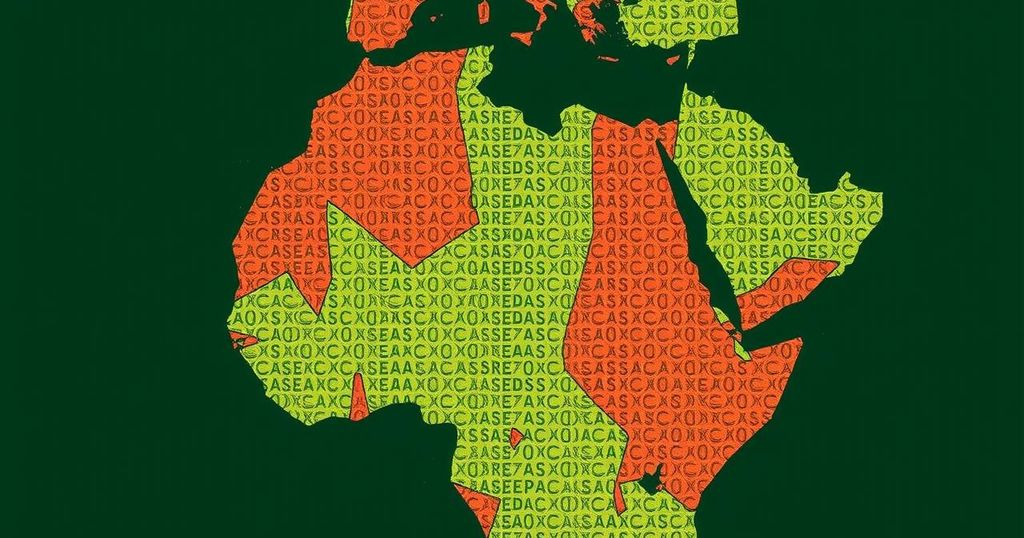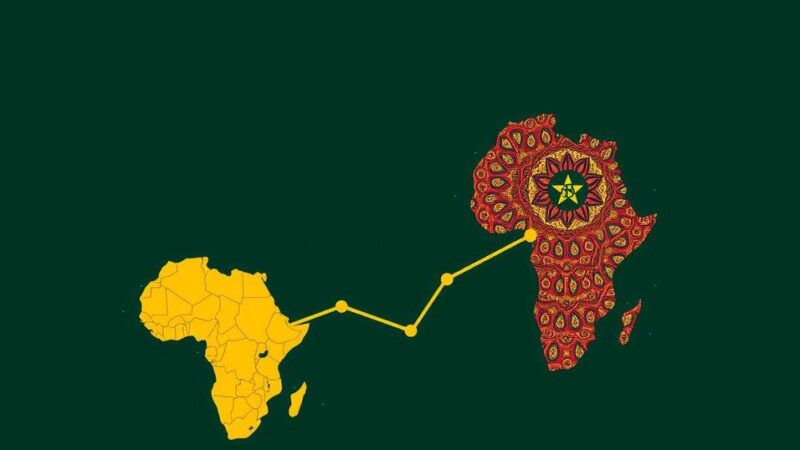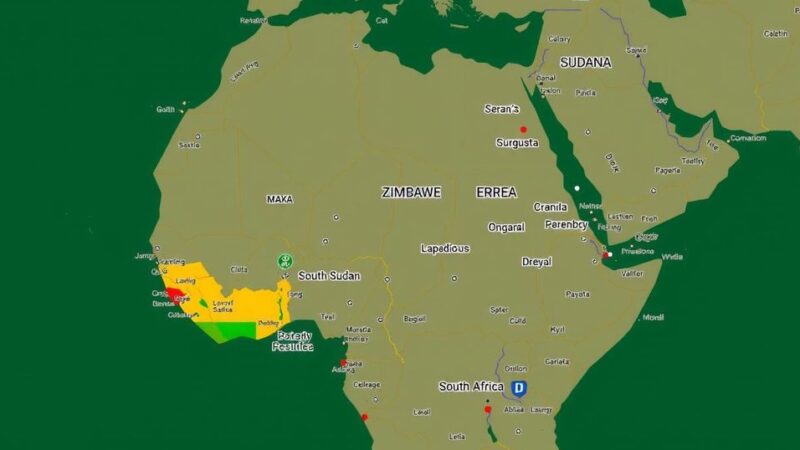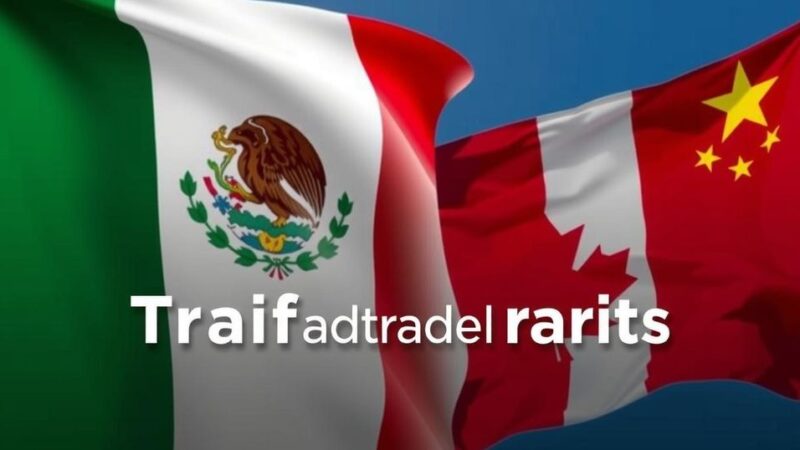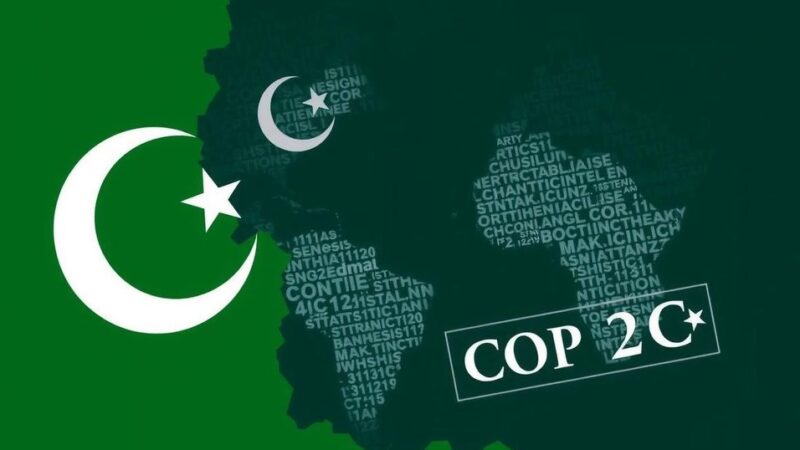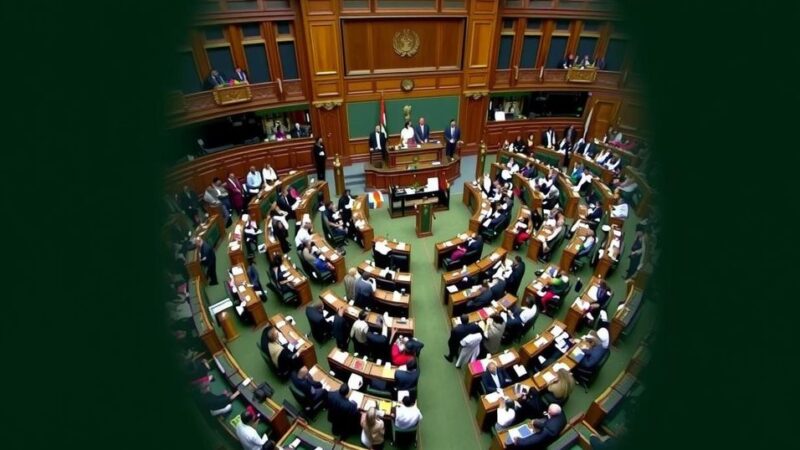This article examines the relationship between public debt and education in Zimbabwe, Eritrea, South Sudan, and South Africa. It highlights how financial constraints, mismanagement, and governance issues hinder access to quality education. The piece advocates for comprehensive debt management strategies, alignment with international frameworks, enhanced governance, and community involvement to prioritize educational needs amid economic pressures.
The intricate relationship between public debt and educational access in nations such as Zimbabwe, Eritrea, South Sudan, and South Africa is a pressing issue that reveals significant insights into the barriers faced in ensuring equitable education. While Zimbabwe’s past hyperinflation and economic mismanagement have restricted public funding for education, Eritrea’s prioritization of military expenditure has limited the resources allocated to educational opportunities. South Africa, despite its economic advantages, continues to grapple with disparities created by its apartheid legacy, while South Sudan’s ongoing conflict diverts crucial funds from an already strained educational infrastructure.
In each of these contexts, the burden of debt has escalated financial constraints, leading to systemic underinvestment in education. By analyzing these case studies, it becomes evident that a comprehensive approach to debt management is essential in addressing educational shortcomings. Countries need to engage in strategic policies that prioritize educational funding while seeking debt restructuring or cancellation as necessary. Such measures must also align with international frameworks like the International Covenant on Economic, Social and Cultural Rights (ICESCR) and the United Nations’ Sustainable Development Goals (SDGs) to uphold the right to education in fiscally strained environments. Moreover, enhancing governance through anti-corruption measures and promoting community involvement in budget allocations can foster accountability and efficiency in the use of educational resources.
Ultimately, the lessons derived from these nations advocate for a collaborative approach among policymakers, international partners, and civil society, aiming to ensure that educational rights are not sacrificed in the face of economic hardship, but rather prioritized as a key path toward sustainable development and social equity.
The exploration of the relationship between public debt and education reveals critical intersections that shape educational outcomes in several countries. Particularly in developing nations, substantial debt burdens can thwart the provision of essential services, including education, which is a fundamental human right as recognized by international treaties. With an increasing number of countries grappling with economic challenges, the interplay of financial management, governance, and educational investment weaves a complicated web that calls for urgent reform and proactive engagement from both state and non-state actors.
In conclusion, understanding the interconnectedness of debt management and educational access is crucial for fostering equitable education worldwide. The experiences of Zimbabwe, Eritrea, South Sudan, and South Africa highlight the need for strategic reforms that prioritize education even amid fiscal challenges. By implementing comprehensive debt strategies, enhancing governance, and promoting community engagement, nations can ensure that educational rights are safeguarded, ultimately paving the way for a more equitable and prosperous future for their citizens.
Original Source: www.amnesty.org
